A nod to Hitchcock: the art of suspense
the horror of parking lots, ceramic penguins, vegetable cans, & milk
When Alfred Hitchcock watched a suspenseful film, did he hang onto the edge of his seat, or did he sit back and try to become one with the chair? Did he keep an eye on the scene through peek-a-boo fingers, or did he raw-dog it and maintain peeled eyeballs during jump-scares?
I, for one, am the type to palm my ears, like ear-muffs, but watch the scene unfold with muted sounds. The air’s electric when you know something is about to happen - you can feel it. And the air practically sizzles when you’re in the know about what’s going to happen and the characters aren’t.
Suspense is when you have more information than the characters on screen do. That’s what can make mysterious thrillers suspenseful and psychological suspense so thrilling.
It’s no mystery Hitchcock left his thrilling mark on the suspense genre. The blueprints of his principles and narratives shaped suspense, and they still continue to evolve and entertain us through modern cinema today. Even for movies that don’t quite get suspense elements right, the study of how suspense builds a story over time and struggles to emotionally grip us is a fascinating one.
Mystery, thriller, suspense - they’re all elements that get thrown around interchangeably. But, Hitchcock once clarified in an interview that mystery and suspense are actually miles apart and operate differently.
Per Hitchcock, Mystery is an intellectual process, and Suspense is an emotional process. Mystery centers around withholding information from the audience, and revealing information slowly over time; whereas Suspense is about giving information to the audience that characters may not know, utilizing the power of anticipation to create tension about what’s going to happen.
Hitchcock himself talks about suspense much more compellingly than I ever could.
Four people are sitting around a table, talking about baseball, whatever you like. Five minutes of it, very dull.
Suddenly, a bomb goes off, blows the people to smithereens. What does the audience have? 10 seconds of shock.
Now, take the same scene, and tell the audience there’s a bomb under that table, and will go off in five minutes. Well, now, the whole emotion of the audience is totally different, because you’ve given them that information: in five minutes’ time, that bomb will go off.
Now, the conversation about baseball becomes very vital, because {the audience is} saying to you, Don’t be ridiculous, stop talking about baseball - there’s a bomb under there! You’ve got the audience working.
Now, the only difference is: the bomb must never go off. Because, if you do, you’ve worked that audience into a state, and then they’ll get angry, because you haven’t provided them with any relief. And that’s always a must.
So, a foot touches the bomb, somebody looks down, says, My god, a bomb!, {throws it} out of the window, then it goes off, just in time.
Most of us get an adrenaline rush from the thrill of an ‘explosion’ or jump-scare. But, it’s important to remember that those moments secretly rely on the precarious architecture of the ‘ticking’ before the bomb even goes off. Without the ticking, the bomb is just artless shock. The bomb is not the story, just like how a Michael Bay explosion is not a plot point.
More directors should take a slice out of Hitchcock’s book. Speaking of slices, one of the first films that might come to mind when you think of Hitchcock’s world is Psycho. (There’s more to Hitchcock, of course, than just Psycho, but the shower scene lives on for a reason.)
The infamous shower scene was crafted to show particular cuts, angles, and slicing of shots (all puns intended), emulating the rhythm and feeling of being stabbed to death. While some films lean towards spelling out every wound, Hitchcock insisted on burying true horror in our imaginations.
We can see variations of suspense work its magic in both the new and old world of cinema. And, what’s even more amusing - mundane places and objects can feel just as violent as violence itself.
In Woman of the Hour, the threat of violence in a parking lot is even scarier than the actual violence itself.
In Misery, a crippled author held hostage in a psychotic fan’s house escapes his room while she’s gone, but leaves evidence of his escape when he knocks a ceramic penguin off a table, and puts it back facing the wrong direction.
In Sleeping With the Enemy, a woman who’s faked her death and restarted her life to escape from her abusive marriage discovers just from the sight of organized vegetable cans that she has an unwanted visitor at home.
In Suspicion, just the sight of luminous milk ascending through the shadows makes us question if murder is about to take place.
Parking lot horror in Woman of the Hour
In Woman of the Hour (2024), which is horrifyingly based on a true crime story - the most violent, and suspenseful scenes are the ones where we feel the threat of murder hanging over the character, Cheryl’s head.
Cheryl goes on a dating show and just so happens to be charmed into matching with a serial killer (she doesn’t know that he is one). The night they meet, Cheryl goes from feeling safe to considerably unsafe in a split second. Something definitely feels off - and when he asks for her number, she scribbles down a fake one. In a scene that takes place in a dark, empty parking lot, he stops her in her tracks from a distance, and asks her to repeat the number from memory, just to make sure he has the right one.
You and I both know this moment would still be suspenseful and horrifying, even if the audience didn’t directly have the context that Cheryl is facing a serial killer. We can tell from the get-go the guy’s a creep and a freak.
I’ve definitely felt strangely looked at inside local coffee shops, and have intuited the sense that I was being followed inside stores, like PetSmart (and decided, I’ll get Juni’s dog food another day). At the gas station, I’m constantly looking around me - alert - making sure I don’t open the driver’s door too wide or leave my doors unlocked for too long. And even in broad daylight, I quickly walk to my car across a Target parking lot, keys gripped in between my knuckles.
That quick, nervous walk-for-your-life across the parking lot is something Anna Kendrick nails on the head. I can tangibly feel this ingrained, invisible horror women, like myself, feel every day when they’re assessing the safety of their surrounding environment. We get an instinctual feeling of flight when we’re being hunted; and we go into survival mode by fawning or trying to play it smart.
Like Hitchcock said, suspense is emotional. The emotional violence of trying to make it back to your car in time feels arguably even more harsh then the potential of physical harm. And that’s why that whole grey layer is where the cold, biting suspense lies. The moment you realize you’re not safe anymore is when the real scene begins.
The penguin in Misery
In a different light, Misery already places us in a world of extreme stress when Paul Sheldon (James Caan), an acclaimed author, gets into an accident out in the snowy boonies and happens to be taken in by one of his most obsessed, psychotic fans, Annie Wilkes (Kathy Bates). He’s kept on bedrest and unable to leave (it doesn’t help that Annie intentionally made it impossible for him to walk), basically sedated with meds and forced to crank out a new book with an ending Annie is actually happy with.
There are many moments that horrify in Misery. But, to me, the fact that a silly little ceramic penguin could make our suspense 10x worse is hilarious and awful at the same time.
When Paul makes an opportune escape from his room, he knocks over this penguin on the way back; although he returns it to the table, he accidentally faces the penguin in the opposite direction it was in before.
To answer your question - yes, Annie Wilkes is psychotic enough to notice. Now, all we have to do is wait.
Vegetable cans in Sleeping With the Enemy
In Sleeping With the Enemy, Julia Roberts' character, Laura Berney, fakes her own death to escape her abusive marriage. She takes on a new identity and life - but her husband manages to track her down.
The tell-tale sign that Laura has an unwanted visitor in her new house, in her new life away from the past: all her household items magically return to an organized, cleanly state that only her violent husband used to fuss over.
It’s no wonder, then, that when Laura opens her cabinets on one fateful day, she reels back in horror at the sight in front of her: nicely lined up cans, with their labels all proudly facing the front. Again, the jump-scare isn’t even in the husband showing up. All we need here is cans of green peas whispering, Something’s not right here.
Milk in Suspicion
In Hitchcock’s Suspicion, Johnnie (Cary Grant) ascends the stairs, enveloped in shadows that are reminiscent of a spider web, and brings his newly-married and deeply paranoid wife, Lina (Joan Fontaine) a glass of milk.
Lina, as well as the viewers, are suspicious. We all wonder if Johnnie has poisoned it, in hopes of using Lina’s life insurance to pay off his debt. There’s more to milk than meets the eye: we can learn about it in deeper psychoanalyses regarding Hitchcock’s use of milk, as well as through the long history of milk (a recent read I discovered by
) that’s threatened its purity over time, and still does.Like a spider crawling out from its corner of the web to wrap its prey, Cary Grant carefully treads up the steps toward Lina’s room. In this case, the web of shadows and illuminated milk makes the viewer question where the darkness really lies.
Who knew charming Cary Grant with a lil’ ol’ glass of milk could be so menacing?
Hitchcock did.
And now, you do too.
A question for you: what’s a suspenseful scene that still lives in your head rent-free?


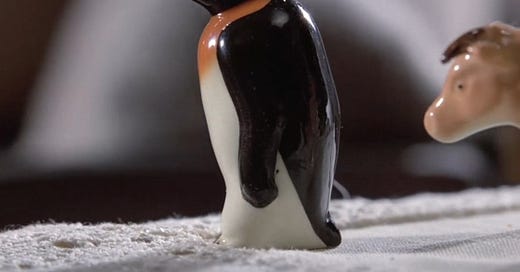





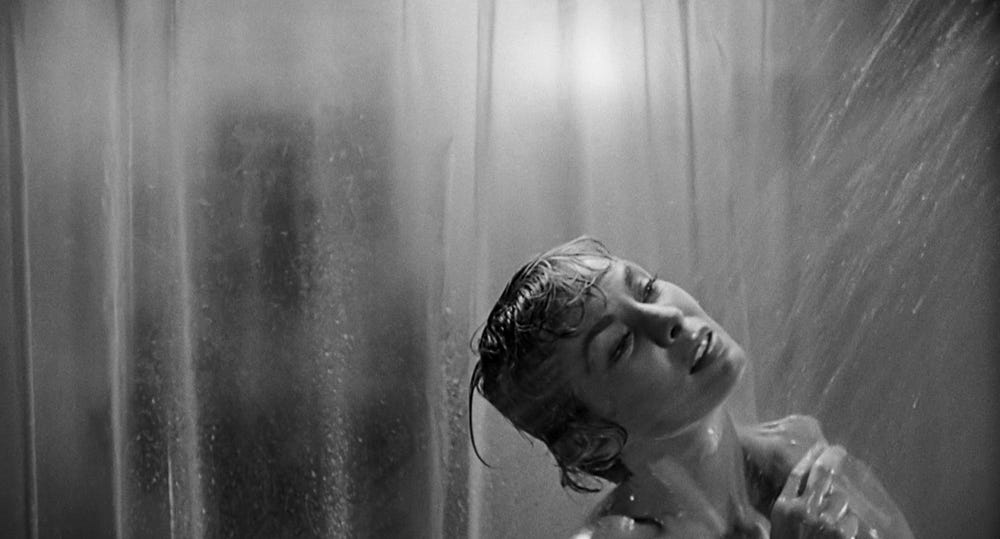
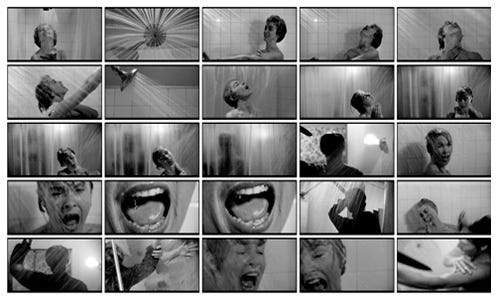

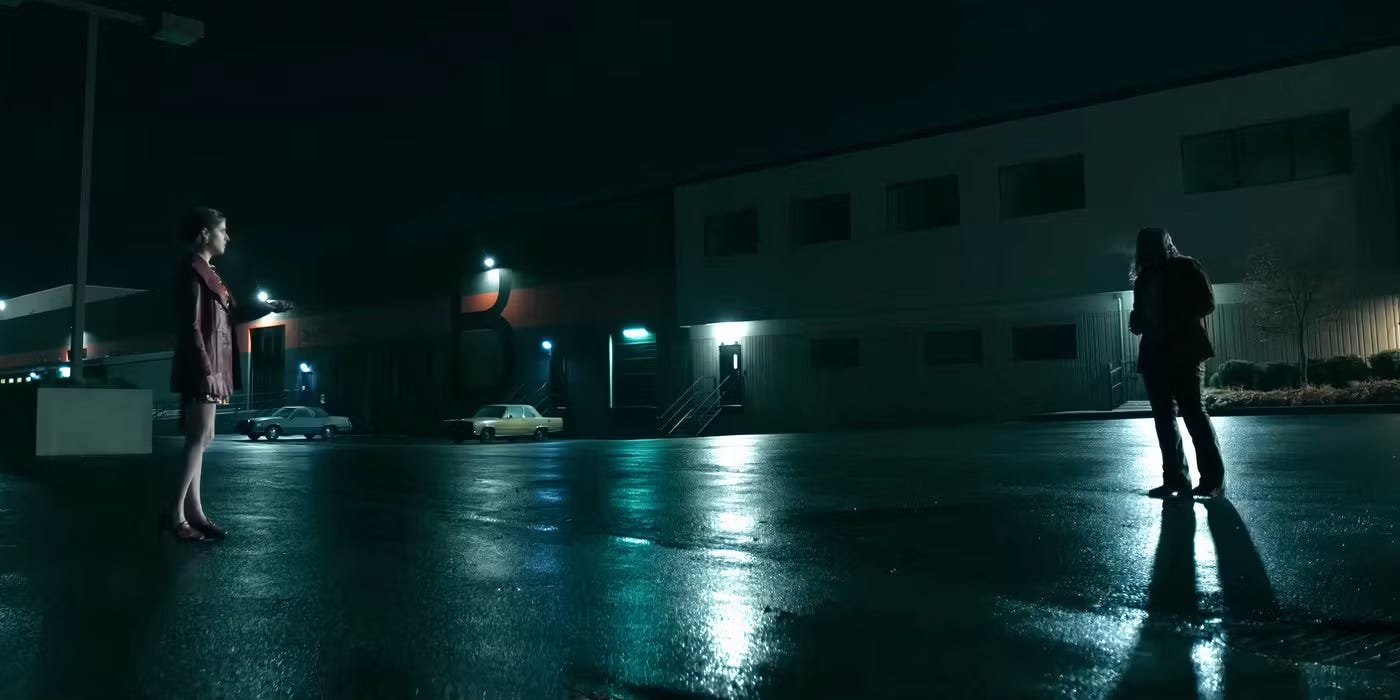



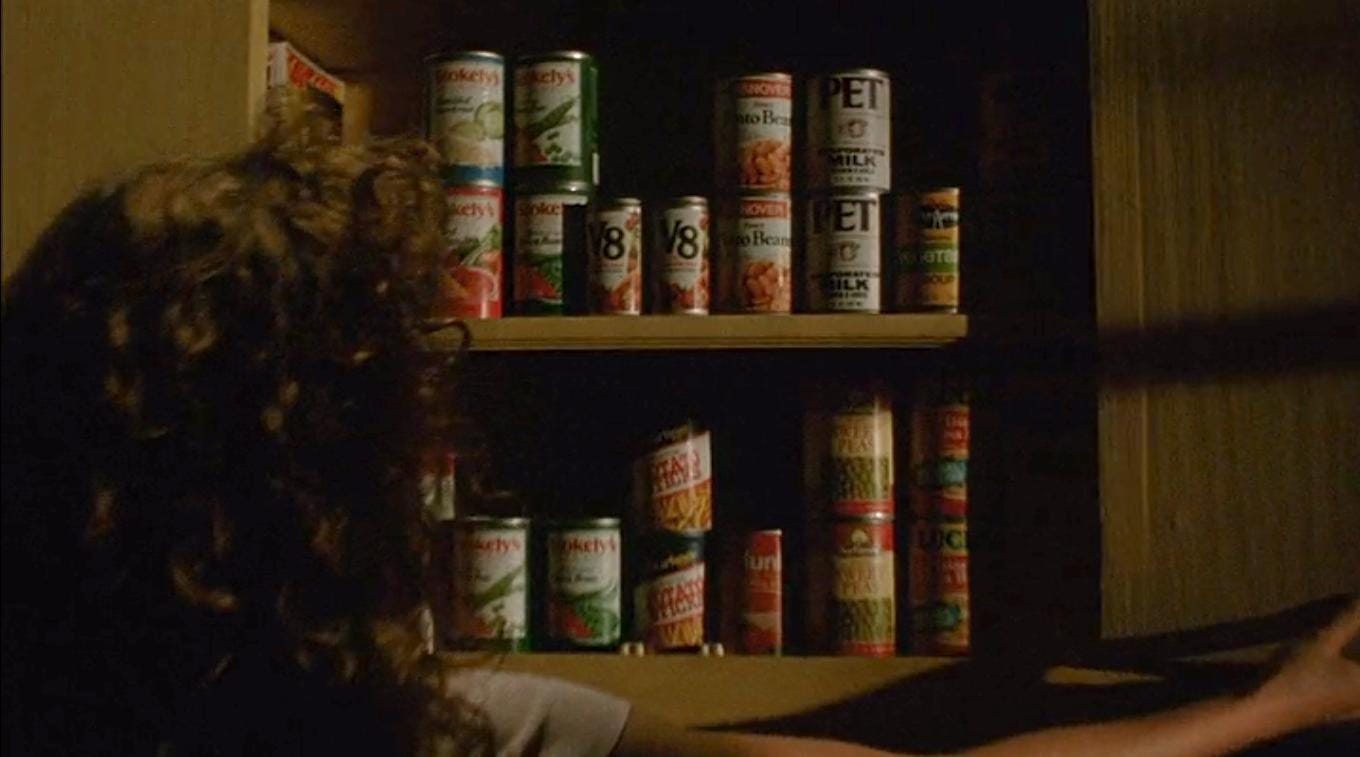



Loved this piece, Lindsay! I found the difference between mystery and suspense SO interesting to read about. And now I want to watch trailers for the films you listed great examples from (the Anna Kendrick parking lot scene sounds particularly horrifying!!) I love a psychological thriller film, even though I scare easily 🤣